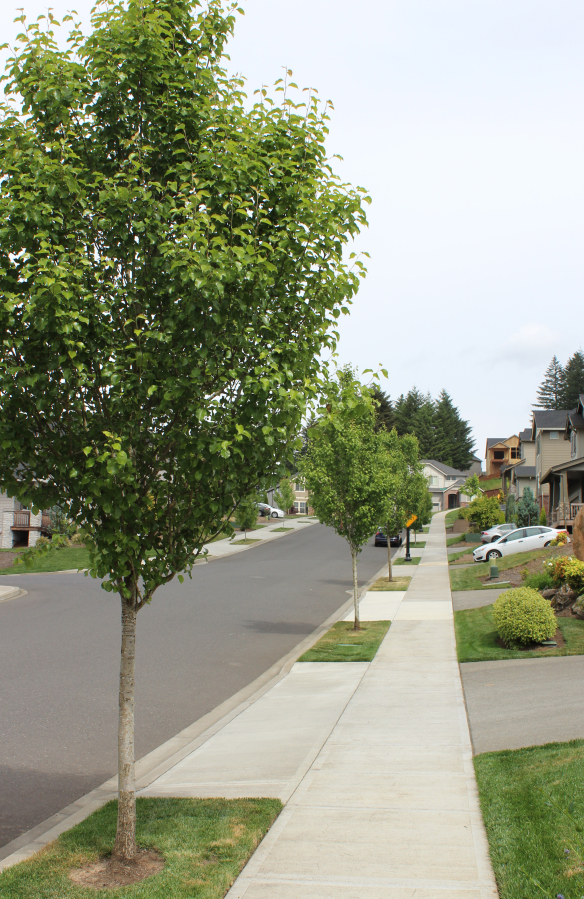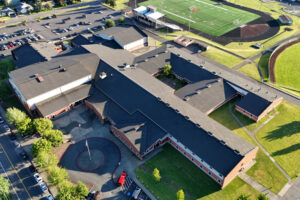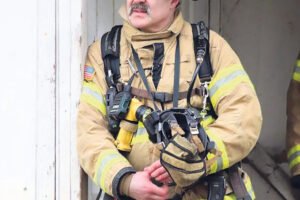Efforts are underway in Camas to preserve the city’s urban trees in the midst of rapid residential and commercial development.
“This was something people cared about, and asked about when we were doing our comprehensive plan update,” Camas Senior Planner Sarah Fox explained of city staff’s two-year project to revamp Camas tree preservation codes.
When city leaders asked Camas residents — at events like Camas Days and in online surveys — what they hoped to see in Camas 20 years in the future, many people said preserving the city’s tree canopy was important to them, Fox said.
“Most people didn’t know that we didn’t have any protections for our trees,” Fox said. “We couldn’t do anything about the areas already being developed, but we could look at (creating a new urban tree program).”
City staff secured a Washington Department of Natural Resources’ Urban and Community Forestry Program grant to pay for consultants from Davey Resource Group, formed an ad hoc committee, and spent nearly two years researching what other cities require from developers and individual property owners when it comes to protecting urban trees.




